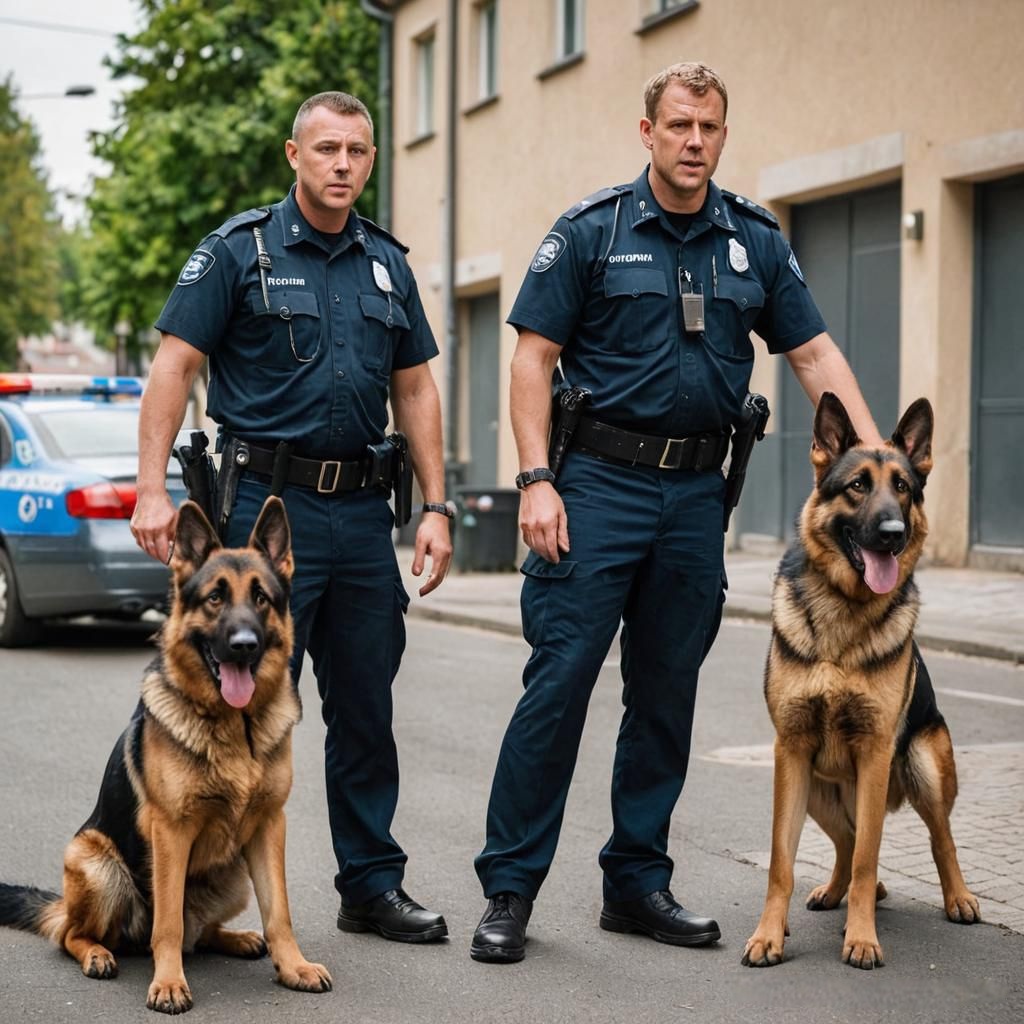If you’ve ever seen a police dog unit, you may have noticed they’re often referred to as K9 units. But why are police dogs called K9? Is it just a nickname, or does it have a deeper meaning?
In this article, we’ll explore the history of K9 units, how the term came about, and share some fascinating facts you might not know about these amazing working dogs.

The Origin of the Term “K9”
The term K9 is simply a clever abbreviation of the word canine, which relates to dogs. “Canine” comes from the Latin word canis, meaning dog.
The pronunciation of “K9” (the letter “K” followed by the number “9”) sounds exactly like “canine,” making it a perfect, memorable code name for police dogs.
👉 Fun Fact: The use of “K9” became popular during World War II, particularly within military and law enforcement contexts in the United States.
The History of Police Dogs
Working dogs have been aiding humans for centuries, but the formal use of police dogs (K9 units) has a fascinating history:
- 19th Century: In the 1880s, police in Ghent, Belgium, started using dogs to patrol and assist officers. Belgium is often credited as the first country to officially employ police dogs.
- Early 1900s: Other European countries, like Germany and France, began formal K9 training programs.
- World War I & II: Military dogs gained worldwide recognition for their roles in guarding, tracking, and detecting during the wars.
- 1950s (USA): American law enforcement agencies began forming their own K9 units, inspired by European models.
Today, K9 units are critical parts of police departments worldwide, assisting in searches, drug detection, bomb sniffing, apprehensions, and rescue missions.
What Breeds Are Typically Used in K9 Units?
Not all dog breeds are suited for police work. Some of the most commonly used K9 breeds include:
- German Shepherds: Known for intelligence, strength, and loyalty.
- Belgian Malinois: Agile, fast, and highly trainable — often preferred for military and special forces.
- Labrador Retrievers: Excellent at scent detection, often used in search-and-rescue and narcotics units.
- Dutch Shepherds: Versatile and hardworking, used for patrol and detection work.
🐾 Vet Insight: These breeds are selected not just for physical ability, but for their temperament, focus, and willingness to work under pressure.
Interesting Facts About K9 Units
Here are some fascinating facts about police dogs you might not know:
- Bilingual Dogs: Many K9s are trained using commands in languages like German, Dutch, or Czech to maintain consistency and avoid confusion.
- Badge Holders: In many departments, K9s are considered official police officers and even have their own badges.
- Retirement: After years of service, K9s typically retire to live with their handlers or loving families.
- Highly Specialized: Some K9s are trained for single tasks (like bomb detection), while others are dual-purpose (patrol + narcotics).
Why Are K9 Units So Important?
K9s possess abilities humans simply don’t have:
- A dog’s sense of smell is estimated to be up to 100,000 times more sensitive than a human’s.
- Their agility, loyalty, and courage make them irreplaceable partners in law enforcement.
👮♂️ Real World Impact: K9 units regularly save lives, uncover evidence, and prevent crimes — proving their value to communities across the globe.
The Legacy of K9 Units
Now you know why police dogs are called K9 — it’s a simple, powerful term that honors their vital role.
From their beginnings in 19th-century Europe to their life-saving work today, K9 units stand as a testament to the deep bond between humans and dogs.
Next time you see a K9 team in action, you’ll know you’re witnessing a tradition built on trust, training, and incredible canine talent!

Leave a Reply